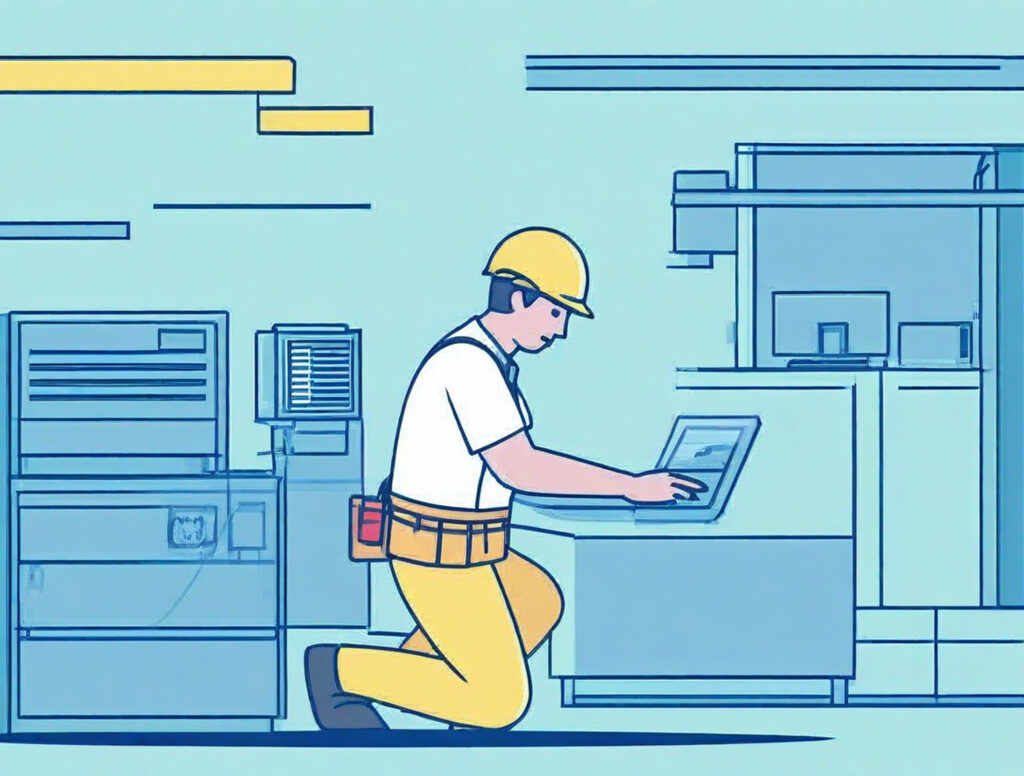 Equipment downtime is a fact of life in business, regardless of industry. Not even the brightest engineers could invent a machine that could operate nonstop without compromising quality, efficiency, and safety.
Equipment downtime is a fact of life in business, regardless of industry. Not even the brightest engineers could invent a machine that could operate nonstop without compromising quality, efficiency, and safety.
Although you can’t skirt this reality, you can minimize your losses by reducing surprise interruptions to your operations. While unplanned downtime can be difficult to avoid entirely, it is manageable. Learning how to reduce it will boost your bottom line.
Conduct a Risk Audit
Performing a risk audit unearths the hidden operational dangers threatening your organization’s profitability. One of them is obsolete equipment. Old isn’t always gold — outdated machines are more prone to breakdowns due to wear and tear.
Antiquated pieces of technology are more difficult to repair. Sourcing replacement parts can be challenging, as their original manufacturers may already be out of business or have moved on to newer, more profitable products. The skilled technicians specializing in your obsolete equipment may be few and far between.
Finding compatible replacement components and qualified technicians leads to lengthier repair times, prolonging overall downtime.
A 2023 survey involving 3,215 industrial businesses found that manufacturers prioritize increased reliability when buying new equipment. Follow in their footsteps and upgrade the dated machines your risk auditors find to incorporate more dependable assets into workflows.
Equipment upgrades are also a good opportunity to acquire the most suitable tools or machines for the job. Plus, leverage modern features to elevate your facility’s production, save on energy and promote employee safety.
Track Downtime Events
You can only manage what you can measure, so collect downtime data in every way possible. Embrace digital transformation to gather, store, analyze, and transmit information more quickly and effectively. Automate your processes to minimize human error and streamline data collection.
Many enterprise-grade software programs can handle the job and have industry-specific editions to fit your domain. Manual collection also works, but prioritize the most important details to record downtime instances properly.
Log the incident’s duration, reason or cause, problem asset, process area, crew or shift and operator statements. Note more relevant details as you see fit to understand why an unplanned downtime happened and how to prevent it in the future.
Schedule Preventive Maintenance Correctly
Routine inspections and tune-ups are crucial for equipment upkeep. However, regular maintenance occurs at fixed intervals, and machines can mysteriously fail between scheduled checkups.
Adopt a preventive mindset to anticipate and address a potential machine breakdown before it happens. Schedule preventive maintenance sessions based on usage, like every 250 or 500 hours, and condition, not just time.
When combined with routine inspections, a proactive maintenance approach may cause more planned downtime. However, reactive maintenance is more detrimental to your operations. Your tool or vehicle may quit on you during a busy time. Fixing malfunctioning devices under time pressure can result in accidents, endangering your workers, exposing you to liability, and extending downtime.
Improve Operator Competency
Operator behavior makes or breaks equipment. Not even durable machines are immune to misuse. They counteract negligence and resist human errors with physical barriers and built-in fail-safe mechanisms, but untrained or careless workers can damage them when mishandled.
Learning the ropes exclusively on the job can lead to considerable unplanned downtime due to trial and error. Well-versed equipment users combine theoretical knowledge with real-world experience to perform tasks responsibly.
Invest in operator training. Some operators need minimum credentials to do their roles. Consider enrolling them in additional complementary programs to round out their subject matter expertise.
Launch a mentorship program to help new team members learn from their more seasoned colleagues. Ninety-eight percent of Fortune 500 companies use it to close the skills gap, increase employee engagement, boost productivity and more. Mentorship sessions accelerate institutional knowledge transfer, reinforce best practices, and promote pragmatism, resourcefulness, adaptability and confidence.
Moreover, provide them with helpful resources to support them when troubleshooting broken machinery on the fly. Owners’ manuals, video tutorials, glossaries of terms, lists of acronyms and definitions, and internal rules and policies should be conveniently accessible when needed.
Microlearning is one of the most effective paths to continuing education. Bite-sized topic-focused modules help trainees remember what they learn, especially among older adults whose average attention span is 67 seconds, which is more than nine seconds shorter than that of younger people.
Keep Equipment Downtime in Check
Downtime is inevitable, so control it as much as possible to mitigate its impact on your operations. These recommendations require resources, but they’re worthwhile investments to achieve high uptime consistently.
For more information related to your business or manufacturing equipment, check out this list of blogs.


